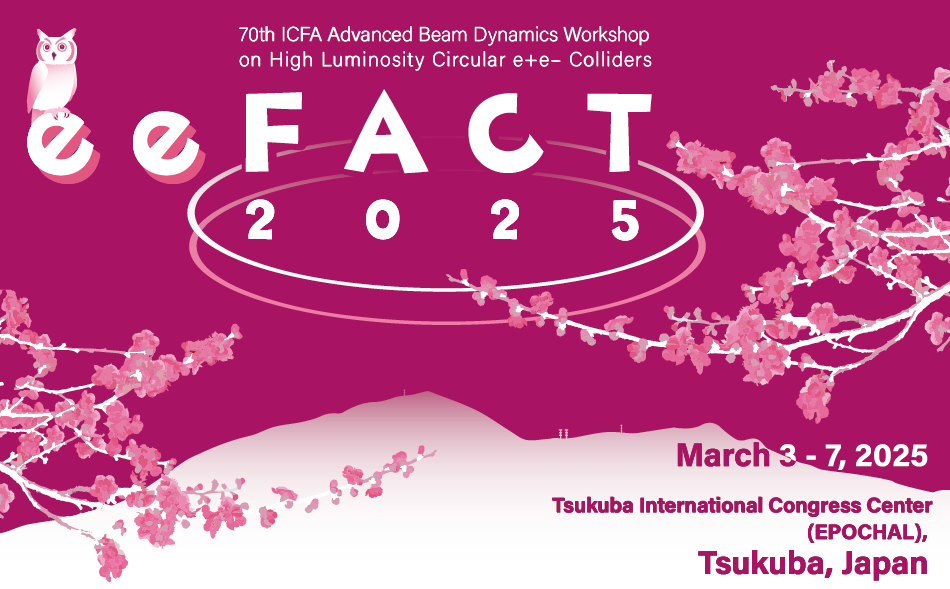Speaker
Description
The electron cloud effect (ECE) poses challenges in high-intensity proton and positron rings. A potential solution is to prepare a surface with low secondary electron yield (SEY) on the inner walls of beam pipes.
In the Low Energy Ring (LER) of SuperKEKB, TiN coating and grooved structures have been applied to reduce the SEY of the beam pipes. From 2017 to 2023, we explored a commercial technique known as thermal spray, where molten copper powder is sprayed onto aluminum to create a rough surface. This was the first investigation into using thermal spray coatings for low SEY. We optimized spraying conditions and evaluated SEY, roughness, outgassing, impedance, dust levels, and adhesion. A prototype copper thermal spray (T.S.) beam pipe was installed, showing promise in suppressing ECE, though challenges remain, such as relatively high surface impedance due to oxidation and voids of the coating.
This year, we plan to study cold spray, a low-temperature alternative. Since the metal powder remains solid and has higher deposition velocity, it may reduce impedance by minimizing oxidation and voids.
Additionally, two related studies are underway: (1) fabricating a thick non-evaporable getter (NEG) coating via cold spray to enhance gas adsorption, and (2) collaborating with Photon Factory (PF) to measure impedance of Pd-coated Ti-Zr-V NEG coatings.
| I have read and accept the Privacy Policy Statement | Yes |
|---|

